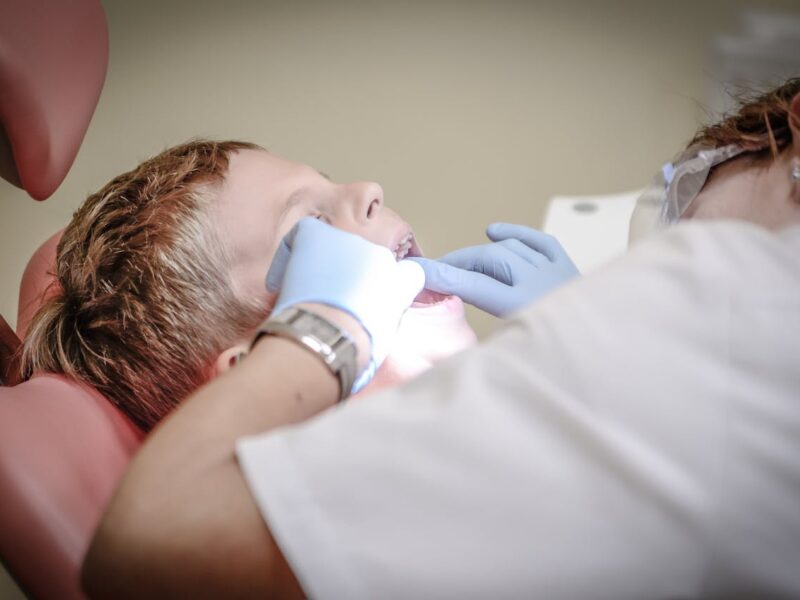Do you know a person who is having memory problems?
On any given day, 55 million people around the world are living with dementia. As the second most common cause of death, it continues to be a threat to many. Considering the world is aging, dementia will be all the more important to identify the earlier, the better for those living with it.
However, many people don’t know anything about it unless they have experienced it first-hand. And, as with any condition, not all dementias are the same.
Here are five of the most common types of dementia and what you need to know about them.
Contents
Alzheimer’s Disease
Alzheimer’s Disease is a progressive, degenerative brain disorder. It slowly destroys memory, thinking skills, and eventually, the ability to carry out the simplest tasks. It also affects a person’s behavior, emotions, and personality.
As the disease progresses, individuals experience difficulties with language and communication. This also includes such as problems with movement, orientation, and recognition. Some symptoms of this are memory problems, confusion, and impaired judgment.
The disease is four times more common in women than in men, and the risk increases with age. While there is no known cure, caregiver support and long term care can help to slow its progression.
Vascular Dementia
It is caused by reduced blood flow to the brain, usually due to decreased blood vessels or blocked arteries. It is the second most common type of dementia after Alzheimer’s disease. There is usually also a decline in physical coordination, as well as changes in personality, behavior, and mood.
Treatment plans typically include lifestyle changes such as healthy eating, physical activity, and smoking cessation, as well as medication, psychosocial therapy, and rehabilitation.
Dementia with Lewy Bodies
Dementia with Lewy bodies (DLB) is a progressive and degenerative neurological disorder. It is quite often associated with the formation of proteins (Lewy bodies) in the brain.
People often experience tremors, stiffness, and slowed movement. Additionally, many people with this type of dementia will experience hallucinations, delusions, and changes in alertness and attention.
Frontotemporal Dementia
This kind of dementia is characterized by a progressive decline in language, memory, and behavior. It is usually caused by atrophy in the frontal and temporal lobes of the brain. While it develops over time, individuals may experience abrupt changes in personality and behavior in the early stages.
Symptoms typically include problems with language, planning, inhibitions, and sensitivity to taste and smell. Additionally, people with FTD may have difficulty with social interactions and emotional responses.
Parkinson’s Disease-Associated Dementia
PDAD is caused by the abnormal buildup of proteins in the brain. This can cause a decline in cognitive abilities, such as memory, language, problem-solving, and judgment.
Motor functions, such as balance, posture, and coordination may also be affected. PDAD can also present with depression, apathy, and psychosis.
Understanding Different Types of Dementia
Dementia can be a difficult thing to cope with, but being aware of the common types of dementia can help to identify issues early on. Helping to connect with support groups and care services puts patients in touch with people who are experienced in looking after those with dementia.
When in doubt, always reach out to a professional to get the best advice and care. Start taking care of yourself today and be sure to look after those that are close to you!
Do you want to read more content like this? If so, make sure to check out the rest of our blog!



